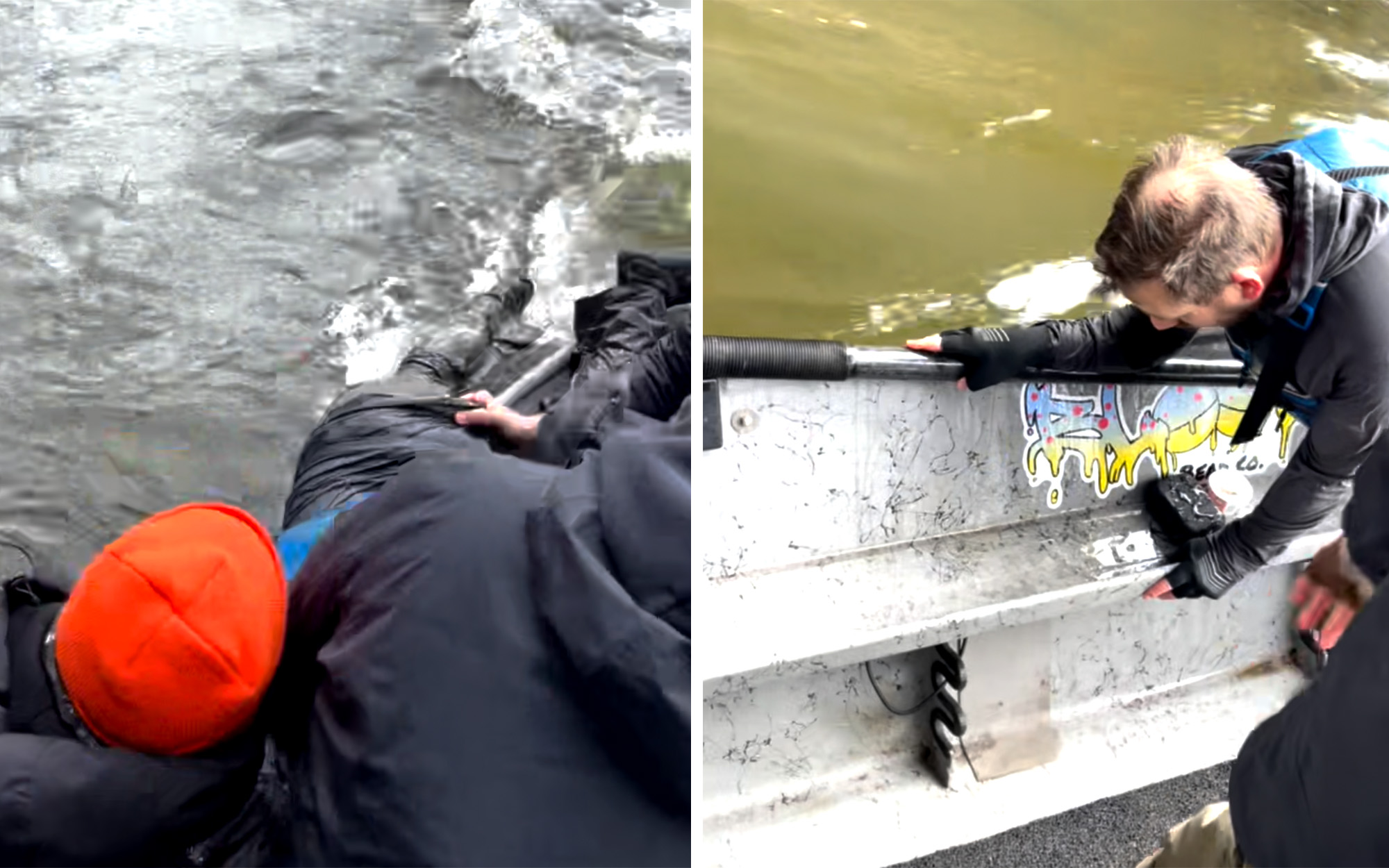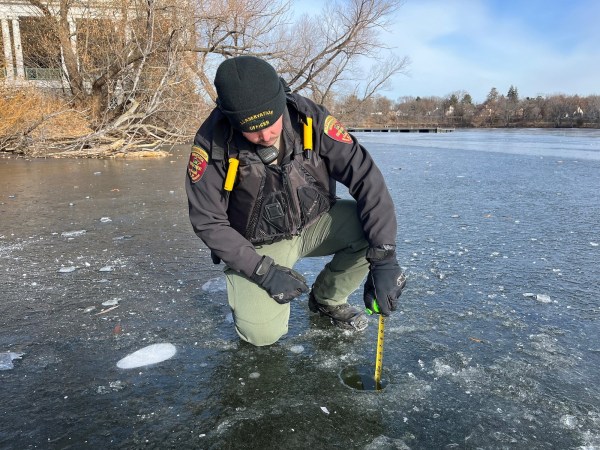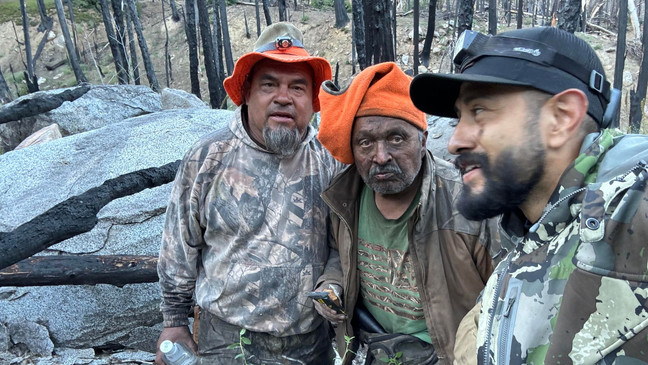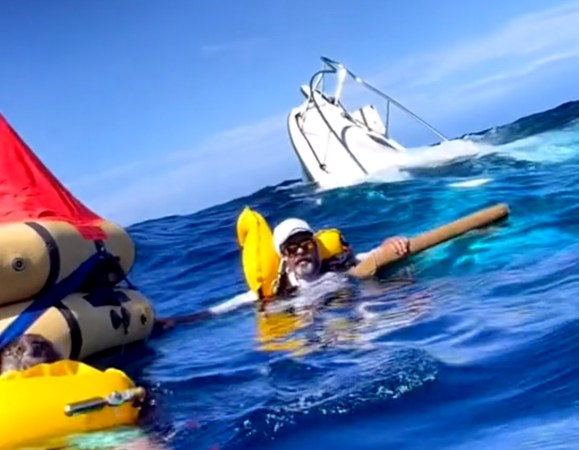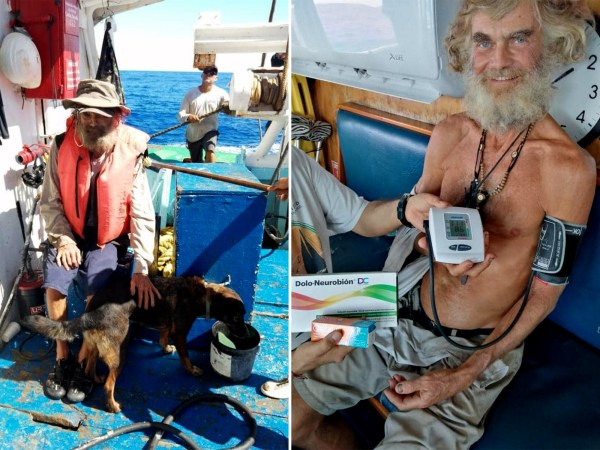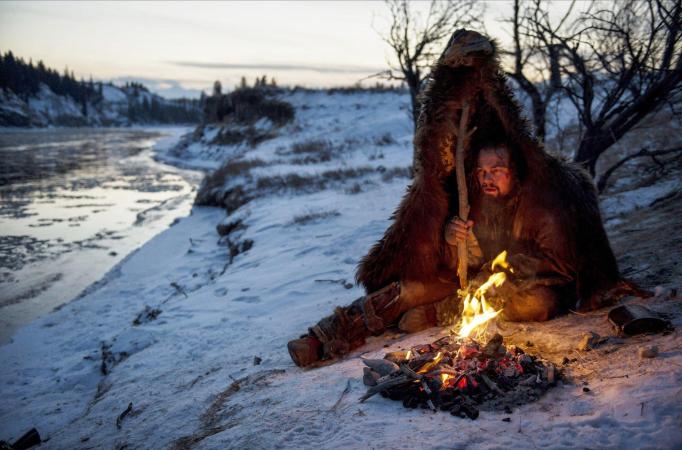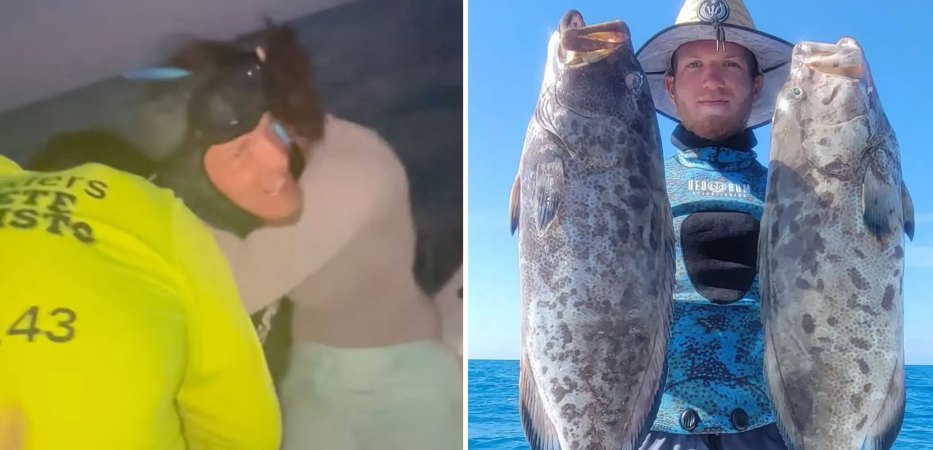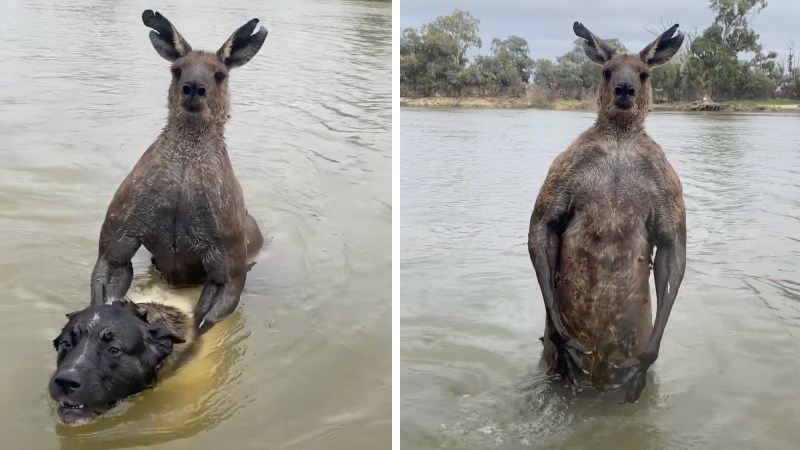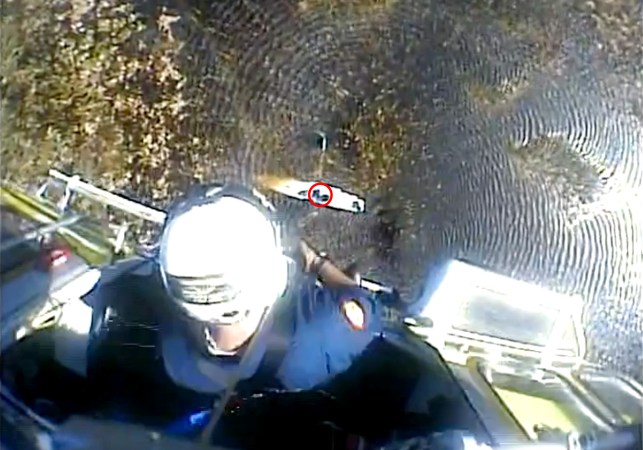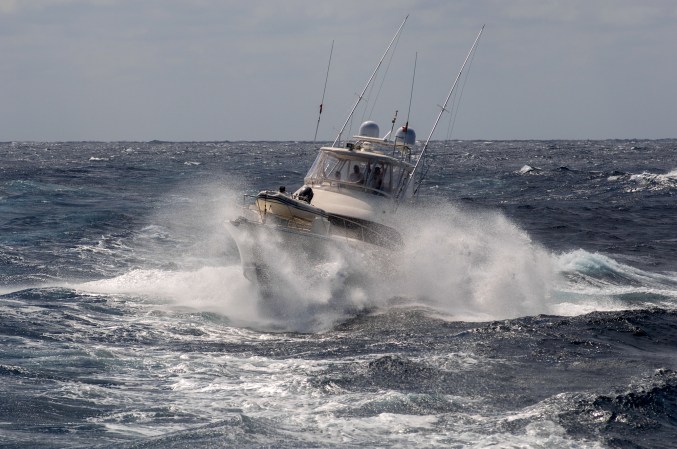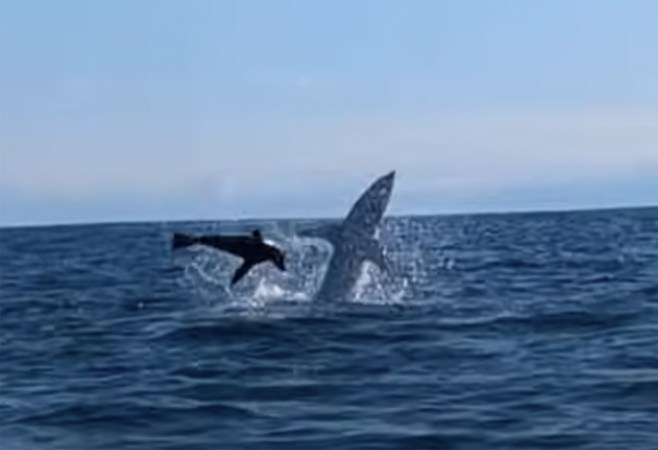One of the deadliest obstacles that a boater can encounter on any river is known as a low-head dam. These manmade structures allow water to pass over their top, which creates a recirculating current below the dam that can hold and drown even the strongest of swimmers. One of these dams nearly claimed the life of a kayaker on Michigan’s Grand River on Wednesday. Lucky for him, a local fishing guide came to his rescue and helped pull him out of the water.
“He had a life jacket on, but he would have drowned,” says Shane Parwey, who owns Peel ‘N’ Drag Guide Service and runs charter trips on the Grand. “It sucked that guy right underwater, and he would have just kept getting sucked back in, spit back out, and sucked back in until he was done.”
Parwey tells Outdoor Life that he was steelhead fishing with a few friends that day on a stretch of river that runs through the town of Grand Rapids. The weather was balmy (by February standards) and the warmest air temperatures he’d seen in weeks. Historical weather data show a high of 61 degrees that day but the water temps were much colder — around 35 degrees, according to Parwey’s electronics.
Sometime around noon, Parwey and his buddies saw the kayaker paddle past them and continue downriver toward the low-head dam. Parwey says he yelled at the kayaker and warned him not to go any farther. The kayaker briefly looked his way, then kept on paddling toward the horizon line created by the dam.
“My buddies and I were watching him, saying, ‘He’s gonna do it, he’s gonna do it,’ and we were just in disbelief,” Parwey says. “At the last second, he tried to turn and flipped sideways right over the dam, and he immediately started tumbling.”
Parwey quickly got on the throttle and ran his jet boat downriver through the open portion of the dam that allows for boat passage. He stayed at the wheel to keep the boat in position while his buddies reached over the gunnel to try and grab the kayaker as he tumbled in the deadly hydraulic. Finally, one of Parwey’s buddies reached out with a long-handled landing net and the kayaker looped his arm through it. Parwey then threw his outboard into reverse and pulled the kayaker out of the death trap.

Photograph courtesy Shane Parwey
By that point, the kayak was roughly 200 yards downstream and Parwey motored down to retrieve it. With its cockpit full of water, the boat was extremely heavy, so the crew pulled the kayak’s drain plug and towed it all the way back to the boat ramp where the kayaker had launched from.
“He was able to say he was okay, but you could tell he was in shock, and he couldn’t move his arms very well,” Parwey says of the kayaker. “He was dead weight when we grabbed him, and all three of my friends had to drag him into the boat.”
Back at the launch, the kayaker assured Parwey that he was alright and refused any additional help. Parwey never got the kayaker’s name.
It’s not the first time that Parwey has pulled a paddler from the Grand River while fishing. He says the last time he rescued a kayaker from the river was 10 years ago in March.
The near-drowning incident also reminded Parwey of an important lesson: While it can be tempting for people to get out on the water on a nice day in early spring, they should always pay more attention to the water temp than the air temp and dress accordingly. It’s even more important to be aware of any hazards on the water and to know how to avoid them.

